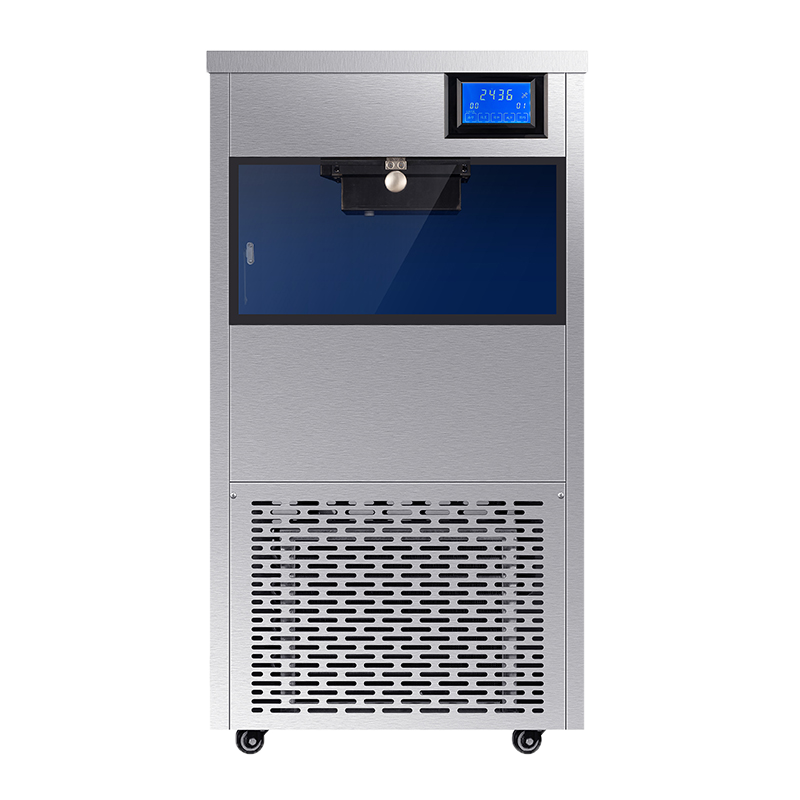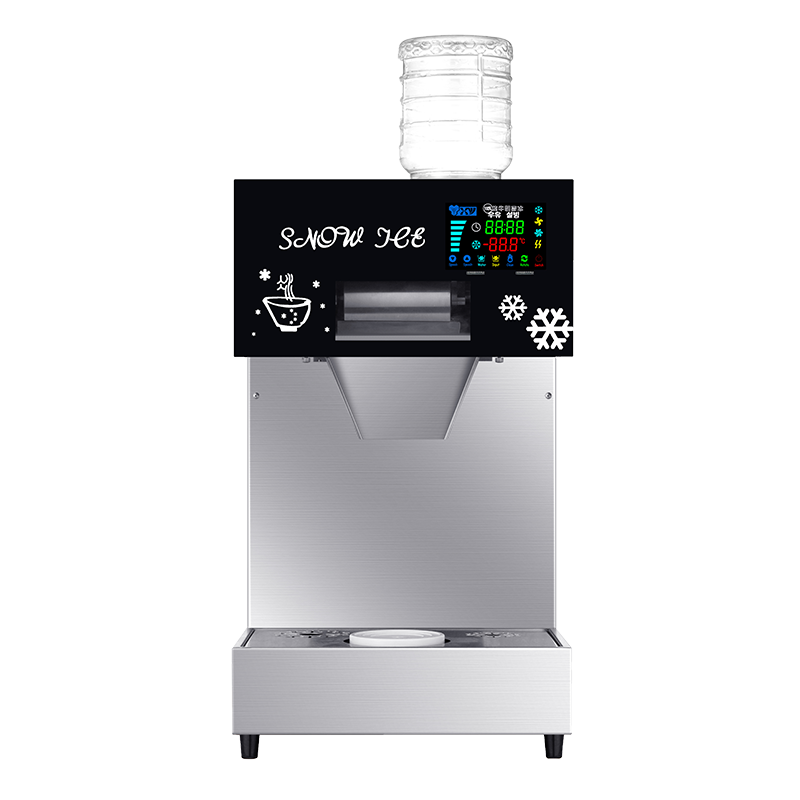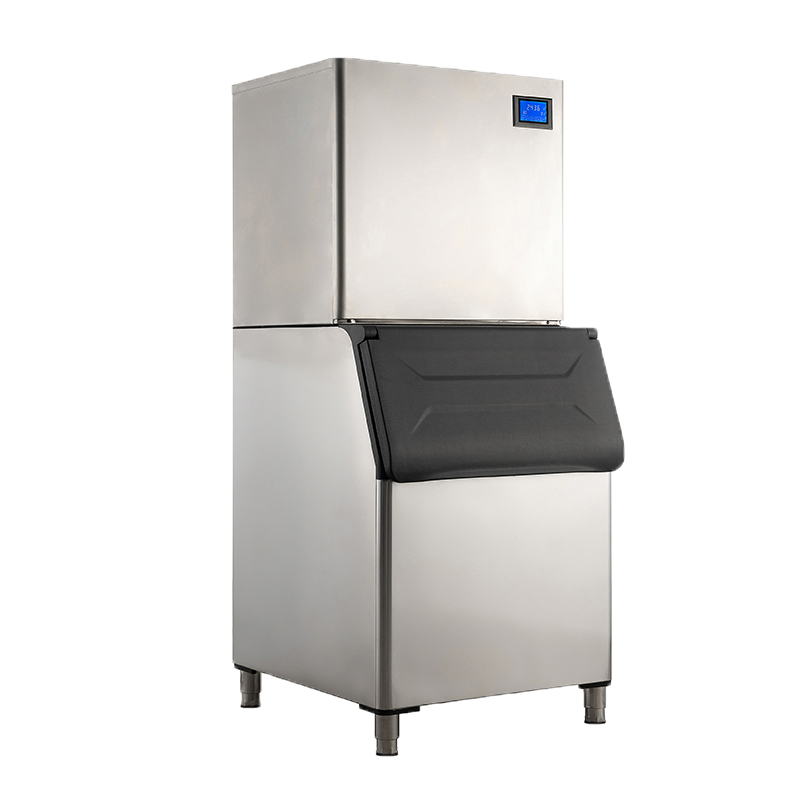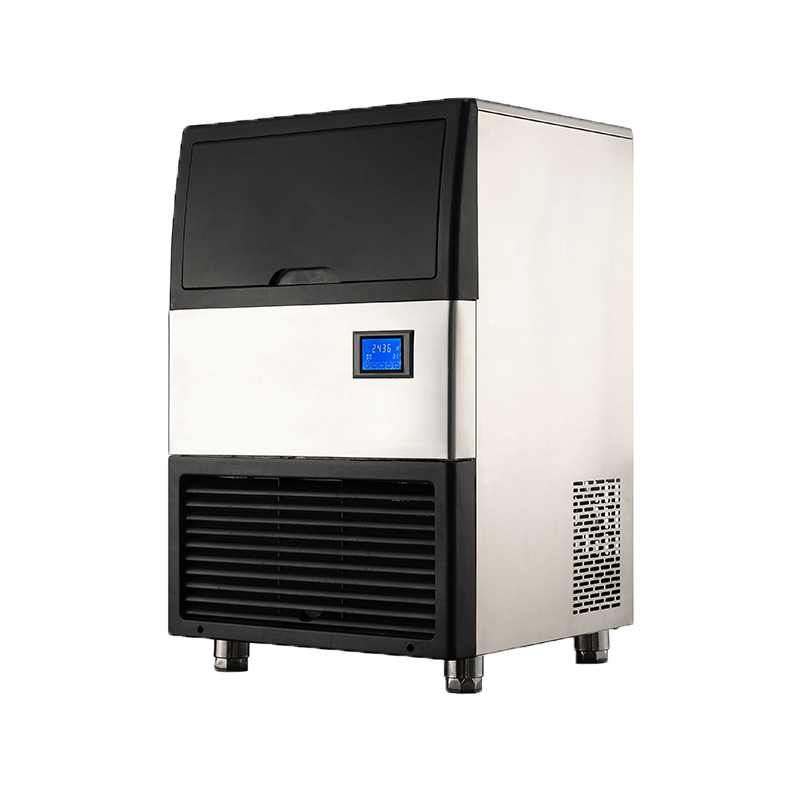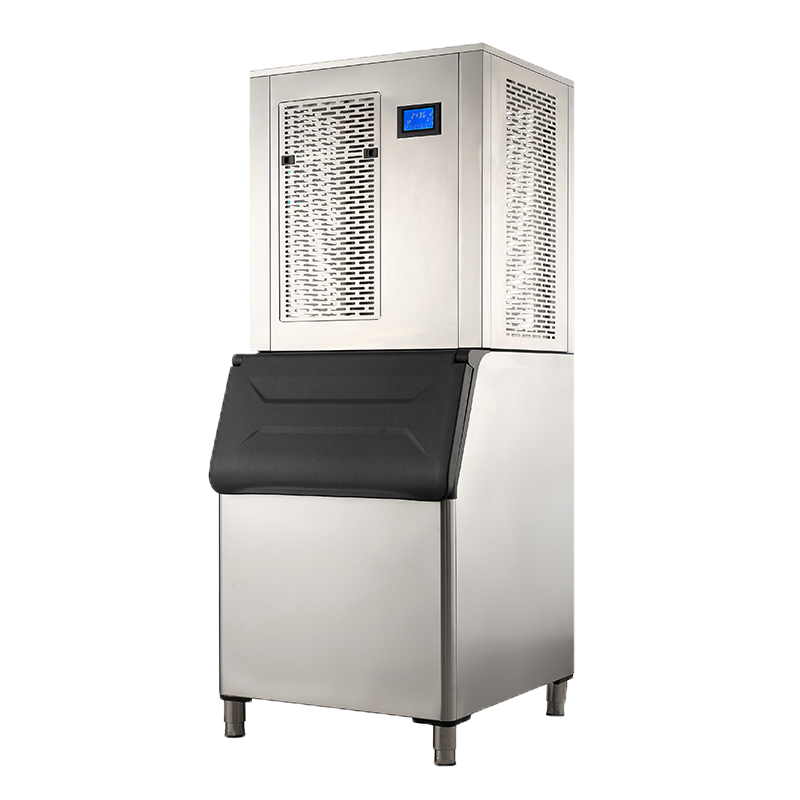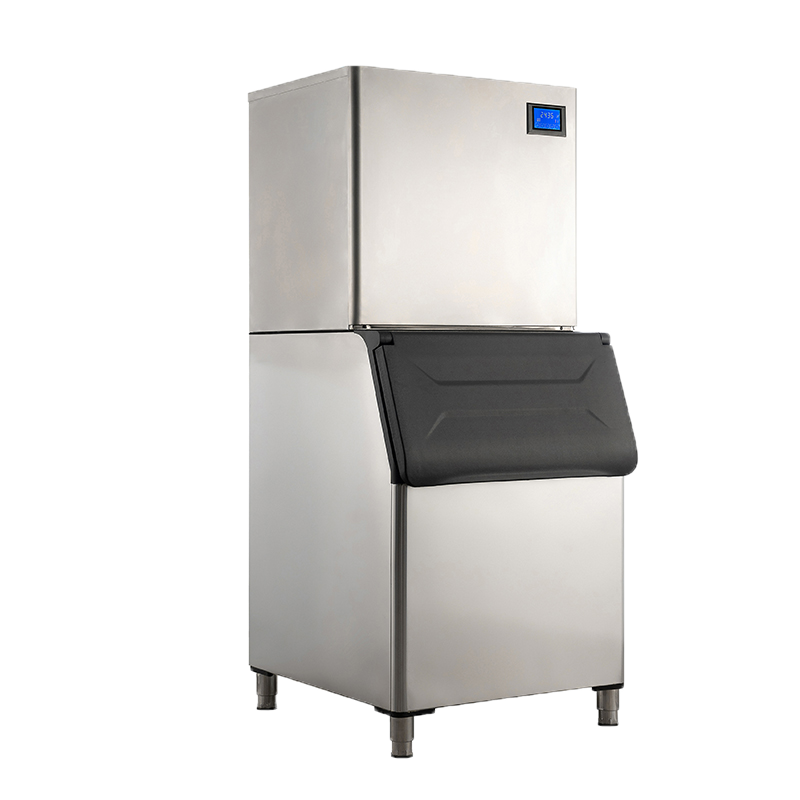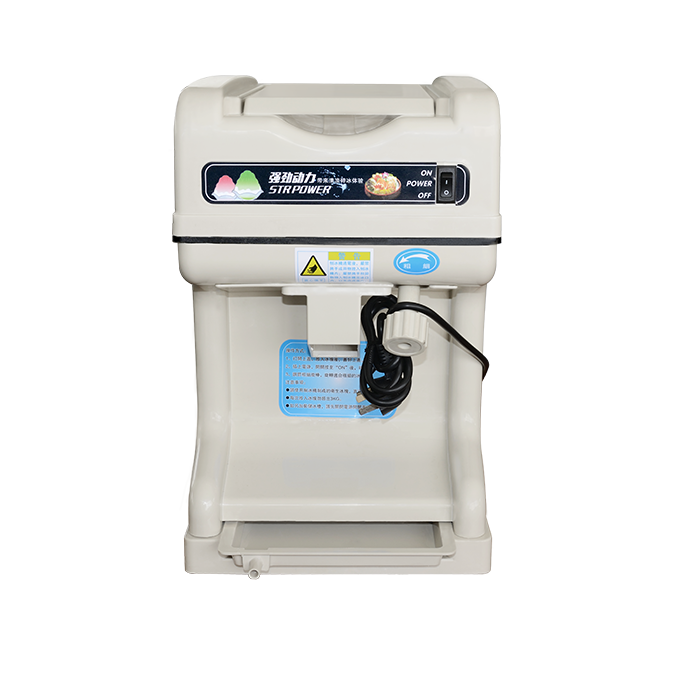Sizing refrigeration equipment involves determining the appropriate capacity and specifications for the refrigeration system based on the specific requirements of the application. Here are some steps to help you size refrigeration equipment:
Determine the cooling load: The first step is to calculate the cooling load, which is the amount of heat that needs to be removed from the space or product being refrigerated. Factors such as room size, insulation, ambient temperature, product heat load, and desired temperature range should be considered. This can be done using heat load calculation formulas or software tools.
Convert cooling load to refrigeration capacity: Once you have determined the cooling load, you need to convert it to the required refrigeration capacity. This is typically measured in BTUs (British Thermal Units) or tons of refrigeration. One ton of refrigeration is equal to 12,000 BTUs per hour.
Select the type of refrigeration system: Depending on the application, you may choose from various types of refrigeration systems, such as direct expansion (DX) systems, chilled water systems, or glycol systems. Consider factors like energy efficiency, space availability, and specific cooling requirements when selecting the system type.
Consider system efficiency: It's important to select energy-efficient equipment to minimize operating costs and environmental impact. Look for equipment with high energy efficiency ratings, such as those certified by organizations like ENERGY STAR.
Determine equipment specifications: Based on the cooling load and refrigeration capacity, select the appropriate equipment specifications. This includes choosing the right compressor size, condenser capacity, evaporator size, and other components based on the specific requirements of the application.
Consider future growth and redundancy: It's a good idea to plan for future growth and potential redundancy. Select equipment that can accommodate future expansion or increased cooling requirements. Additionally, consider backup systems or redundancy options to ensure continuous operation in case of equipment failure.
Consult with a professional: Sizing refrigeration equipment can be complex, and it's often beneficial to consult with a professional refrigeration engineer or contractor. They can provide expertise, perform detailed calculations, and help you select the most suitable equipment for your specific needs.

By following these steps and seeking professional guidance if needed, you can effectively size refrigeration equipment for your application and ensure optimal performance and efficiency.


